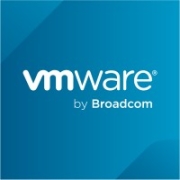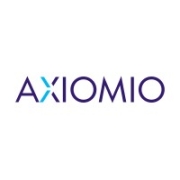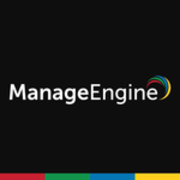Cloud Cost Management is a strategic approach to monitoring and managing expenses in cloud environments, optimizing resource use without sacrificing performance.
This solution involves tracking and analyzing cloud expenses to ensure cost efficiency. It helps organizations understand their spending patterns, forecast future costs, and identify ways to reduce unnecessary expenditures. With features like budgeting, cost allocation, and custom reporting, businesses gain greater control over their cloud investments, improving their financial planning and operational efficiency. Real user insights highlight its effectiveness in providing transparency and enabling smarter financial decisions.
What are the critical features of this solution?In industries such as healthcare and finance, Cloud Cost Management plays a crucial role in ensuring compliance with regulatory pricing structures while optimizing operational budgets. This allows these sectors to focus more resources on innovation and customer service, maintaining budgetary discipline.
Cloud Cost Management is beneficial for organizations as it provides the insights needed to manage and optimize cloud spending effectively. It aids in keeping expenses aligned with business goals while leveraging the scalability and flexibility of cloud environments.
| Product | Market Share (%) |
|---|---|
| Cloudability | 10.3% |
| IBM Turbonomic | 8.7% |
| Apptio One | 6.0% |
| Other | 75.0% |







































































Cloud Cost Management helps you minimize expenses by optimizing resource usage and eliminating waste. By analyzing your cloud environment, it identifies underutilized resources, recommends more cost-effective service plans, and provides insights into usage patterns. Implementing automated scaling and monitoring tools ensures you pay only for what you actually use, contributing to significant cost savings.
What tools are essential for effective Cloud Cost Management?Effective Cloud Cost Management relies on tools that provide visibility and control over cloud spending. Solutions like AWS Cost Explorer, Azure Cost Management, and Google Cloud's billing reports offer detailed insights into your consumption. These tools allow you to track costs in real-time, forecast future expenses, and receive alerts for spending anomalies, ensuring proactive management of your cloud budget.
How can you ensure accurate cost allocation in a multi-cloud environment?Accurate cost allocation in a multi-cloud environment requires implementing tagging and labeling strategies. By consistently tagging resources across cloud providers, you gain visibility into which departments, projects, or teams are driving costs. Tools that provide unified dashboards for multi-cloud visibility, such as CloudHealth or CloudCheckr, help aggregate data and provide a comprehensive view of your expenses, enabling precise allocation and budgeting.
What are common pitfalls in Cloud Cost Management?Common pitfalls in Cloud Cost Management include overprovisioning resources, inadequate monitoring, and lack of visibility into usage. Failing to automate scaling can lead to paying for idle resources. Without proper tagging, it becomes challenging to track and allocate costs accurately. It’s crucial to regularly review your cloud infrastructure, implement resource management policies, and use analytics to identify areas of improvement.
How can automation enhance Cloud Cost Management?Automation plays a crucial role in enhancing Cloud Cost Management by streamlining processes and reducing human error. Automation tools can scale resources up or down based on demand, ensuring optimal usage. Scheduled start/stop routines can also help manage non-production environments. By automating cost-tracking alerts and creating automated reports, you ensure a proactive approach to managing and controlling cloud expenses effectively.